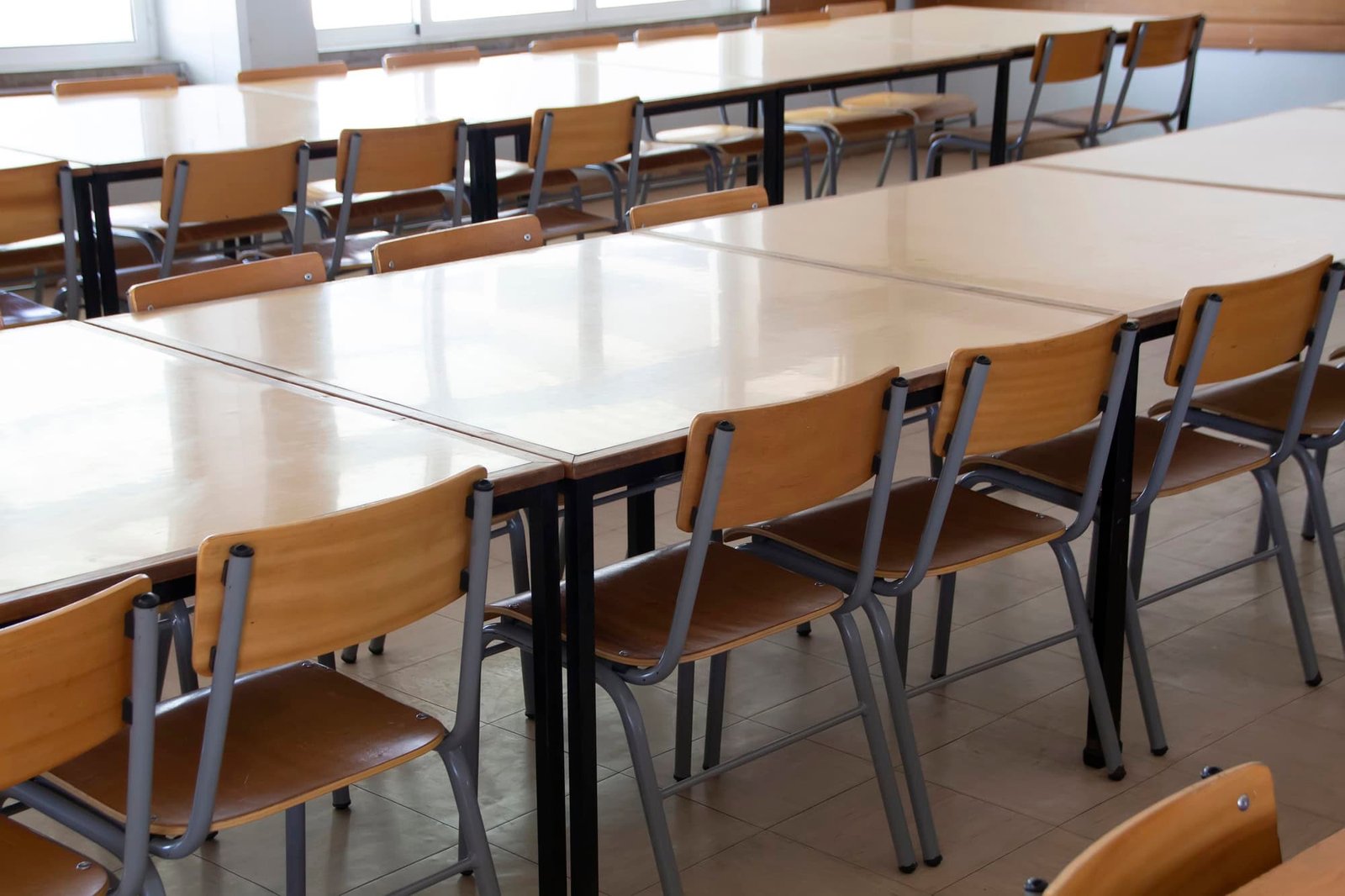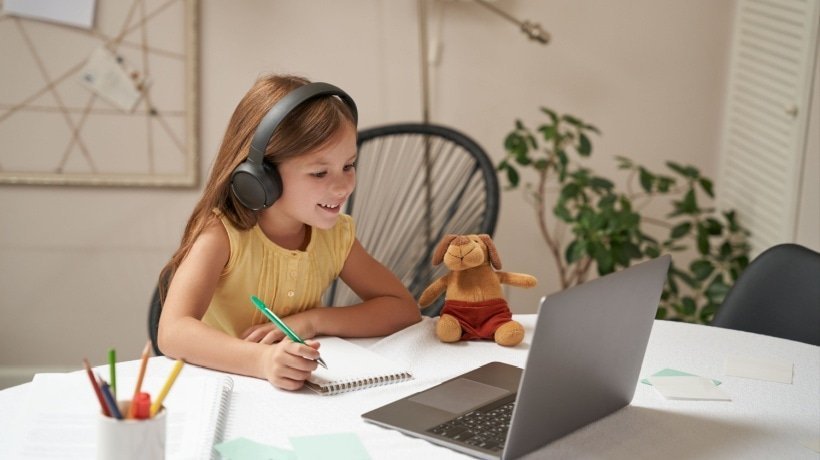Does classroom design really improve behaviour and learning?
There is no such thing as a “good” or “bad” school—just more or less effective classrooms. With students spending over 1,000 hours a year in one room, classroom design and behaviour management should work together to support learning, not fight against it.
A study that changes how we think about classrooms
Research from the HEAD Project shows that classroom design and behaviour management are linked, with well-designed environments supporting student engagement and reducing low-level disruption.
This landmark UK study, known as the HEAD Project (Barrett et al., 2015), shows that physical classroom design can explain up to 16% of student learning progress—equivalent to 1.3 sub-levels per subject over a year!
The study analysed 153 classrooms across 27 primary schools (n = 3,766) and found a measurable impact on academic outcomes.
The study focused on three design principles: Naturalness (light, air quality, temperature), Individualisation (ownership and flexibility), and Stimulation (complexity and colour).
These seven factors explained 16% of the variation in progress—equal to nearly a full term of extra learning.
Even when controlling for teacher quality, special educational needs, English as an additional language and free school meals, classroom environment made a significant difference.
Design as a behaviour management tool
The classroom environment influences how students behave. From noise levels to seating layout, small design tweaks can reduce low-level disruption and improve focus. Classroom design, therefore, becomes a form of behaviour management — one that works in unison with routines, behaviour policies, and teacher pedagogy.
The EEF highlights that once behaviour is good, learning is easier — see their guidance.
Physical design in schools is often sidelined due to funding—seen as a luxury or an afterthought. But this study challenges that view with evidence that layout, lighting and even wall displays influence how students think and learn.
Natural light, fresh air and thermal comfort accounted for almost half of the design effect. When students felt a sense of ownership, or the room was flexible and age-appropriate, learning improved. And stimulation—achieved through balanced colour and visual complexity—also contributed significantly. The findings suggest that even small, low-cost changes can help students achieve more—without hiring more staff or extending the school day.
Some quick-wins all schools could try
Even with no budget, school leaders can apply these ideas:
- Light: Maximise natural daylight but reduce glare with blinds. Use quality artificial lighting in dull areas.
- Air Quality: Open windows and use plants. If budget allows, add ventilation.
- Temperature: Provide classroom-level heating controls. Use thermometers to avoid overheating.
- Ownership: Display student work, name coat pegs, and involve students in layout decisions.
- Flexibility: Create varied zones—especially for younger students. For older students, reduce distractions.
- Complexity & Colour: Balance is key. Avoid chaotic or sterile environments. Use bright colours in moderation.
These ideas don’t need architects—just awareness and reorganisation of existing spaces.
CPD questions for teachers:
- How can classroom layout changes reduce low-level disruption?
- In what way does classroom design support behaviour for learning?
- How much natural light does each classroom receive—and is glare controlled?
- Are heating systems adjustable by teachers during the day?
- Do students feel ownership over their classroom space?
- Is furniture age-appropriate and comfortable for long use?
- Are classrooms too busy visually—or too bare?
- Do learning zones support independent, group, or quiet work?
- Are corridors and classroom connections easy to navigate?
- What changes could be made for minimal cost and high impact?
For strategies on challenging behaviour in diverse classrooms, check these 10‑tips.
The research concludes:
The results obtained provide clear evidence that each of these dimensions appears to have a role in understanding the holistic human experience of built spaces. [In the] 9particular case of primary schools) the naturalness factors account for around 50% of the impact on learning.




